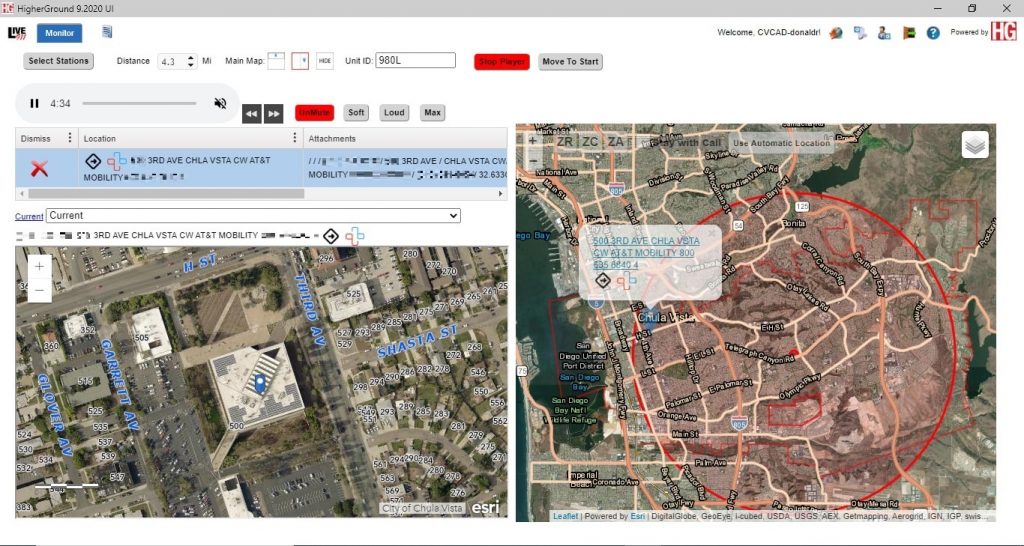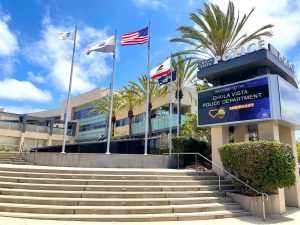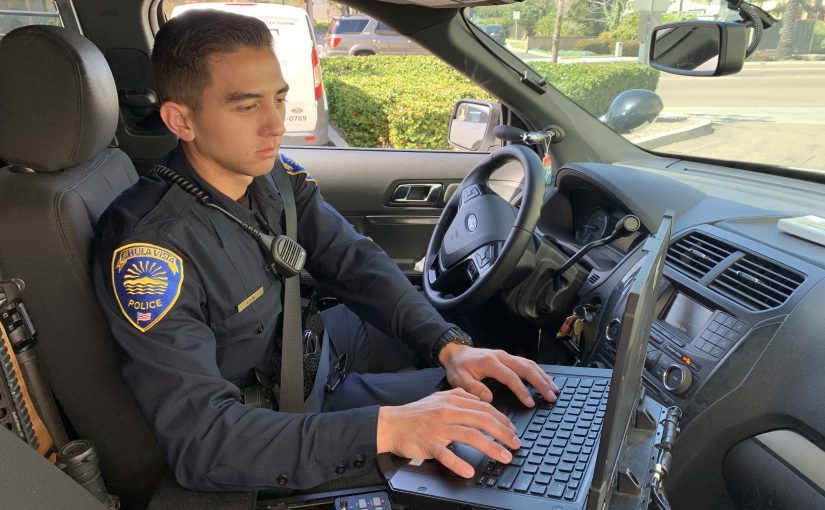Leveraging data and adopting new technologies can help officers obtain more information to make better-informed decisions, respond more quickly, and save people’s lives. The Chula Vista Police Department (CVPD) in Southern California has a rich history in cutting-edge innovation and taking well-reasoned risks with new solutions to improve public safety. Most recently, the agency is the first in the United States to livestream 911 emergency calls directly to officers in the field in real time.
The vision for closing the gap between police dispatcher to first responders by allowing first responders to hear incoming 911 calls came from retired CVPD Captain Fritz Reber. He believed if his idea was developed and implemented, it could transform emergency response for first responders. CVPD partnered with a public safety software developer to create, refine, and test a new solution aptly called Live911.
Dispatchers do an amazing job, but sometimes all the information about a call for service cannot be entered into CAD or conveyed by the dispatcher because there is so much information flowing in a short period of time. With this technology, officers can set a geofence—for example, a half-mile radius from wherever their patrol car is—and listen to incoming 911 calls as they come in within their area. This allows officers to hear details and nuances that may not otherwise be provided, listen to the caller’s voice revealing the sense of urgency, and access contemporaneous updates on the situation while driving to the scene.
Reduced Response Times
Time is never on a first responder’s side. Using technology to listen to live calls and get a jump on response time is definitely a game changer. If an officer is responding to a potentially life-or-death situation, shaving off a minute or two from the response time may make all the difference.
For the first time in 10 years, CVPD has met its goals for police responses in priority one emergency calls. Live911 technology certainly has been instrumental in reducing its response times.
For example, one CVPD officer recently responded to an emergency call about a dangerous situation occurring in the bathroom of a liquor store. To the caller’s surprise, the police officer walked into the establishment while the caller was still on the phone with the dispatcher. These stories are becoming more common the more CVPD uses the Live911 technology.
Increased Situational Awareness
Everyone wants well-informed first responders with a good understanding as to the type of situation they are going into. The more information and data that can be provided, the more it enhances their ability de-escalate and resolve issues in the safest and most effective manner.
Hearing the calls is extremely helpful, but the ability to view precise GPS map location—within a couple of feet—where the caller is located has proven to be equally valuable. This improves the officers’ safety and allows them to develop tactical situational awareness. Officers can look on the mapping feature and see exactly where the caller is standing and drive directly to that location without delay.

The CVPD dispatchers also like this mapping capability because it helps them immediately coordinate which officer to send to the call for service. They can see where the caller is located and all the officers in the area. Before, dispatchers would have to keep asking the caller for their location. If that did not work, the dispatcher would have to go into another program and enter the phone number to see where that location was, adding a delay to this urgent process.
Connecting Communities
Somewhat surprisingly, livestreaming 911 calls has bridged a gap between dispatch and patrol. For the first time, officers can hear the actual calls dispatchers receive and have come to realize how difficult it can be for the dispatchers to obtain critical information quickly. It has been nice to see officers express an elevated level of respect, and even protectiveness, toward the agency’s amazing call takers.
This tool has also connected community members to officers. For instance, dispatchers often receive frantic calls stating, “Please send the police. I need them immediately.” Yet when asked for more details, the caller is not forthcoming. Now, it is reassuring to callers when the dispatcher tells them an officer is actually listening to the call. Callers are then far more receptive to providing the critical information requested.
Integrating Innovation
As mentioned, CVPD’s culture pushes people outside of their comfort zones to find creative solutions to improve the agency’s services. As part of its Public Safety Innovation Initiative, CVPD started a drone as first responder (DFR) program in 2018. While testing Live911, the drone pilot, who is located in a command center, listened to calls and launched the drone based on this new data source. Currently, drone pilots are flying 70 to 80 percent of their launches based on the audio of the 911 calls. In most cases, the drone arrives before the officers.
So, not only do officers get the audio and map location of the call, but they also receive a simultaneous video feed of what is going on at the scene. Dispatchers can look at the live feed and direct questions to the caller, “I’m watching the live drone footage, is that grey car involved?”

Advanced technology is critical right now as the profession evaluates the challenges law enforcement is facing. During Chief Roxana Kennedy’s 28 years at the Chula Vista Police Department, the agency has shared stories of how technology advancements can help keep the community safe. Fortunately, the community’s Police Foundation and City Council have a history of supporting CPVD’s efforts and contributing the necessary funding to explore new solutions to advance its mission.
About HigherGroundHigherGround, Inc. provides reliable applications for mission-critical communications. The Capture911 recording and incident reconstruction solution is an innovation leader and has been deployed in thousands of organizations. Live911 is the industry’s first technology to securely livestream 911 emergency calls directly to officers in the field and provide precise GPS map location of the caller—www.live911.com. |



